Brain-Computer Interfaces (BCIs) represent a revolutionary intersection of neuroscience and technology, enabling direct communication between the brain and external devices. These interfaces hold immense potential for individuals with severe motor disabilities, offering new avenues for interaction, mobility, and independence. BCIs can be broadly categorized into invasive and noninvasive methods. Invasive BCIs involve surgical implantation of electrodes directly into the brain, providing high-resolution signals but with significant risks and complexities. Noninvasive BCIs, on the other hand, use sensors placed on the scalp to capture brain waves, offering a safer and more accessible alternative. Electroencephalography (EEG) is the most common noninvasive method, tracking brain wave patterns to control devices ranging from wheelchairs to computer cursors.
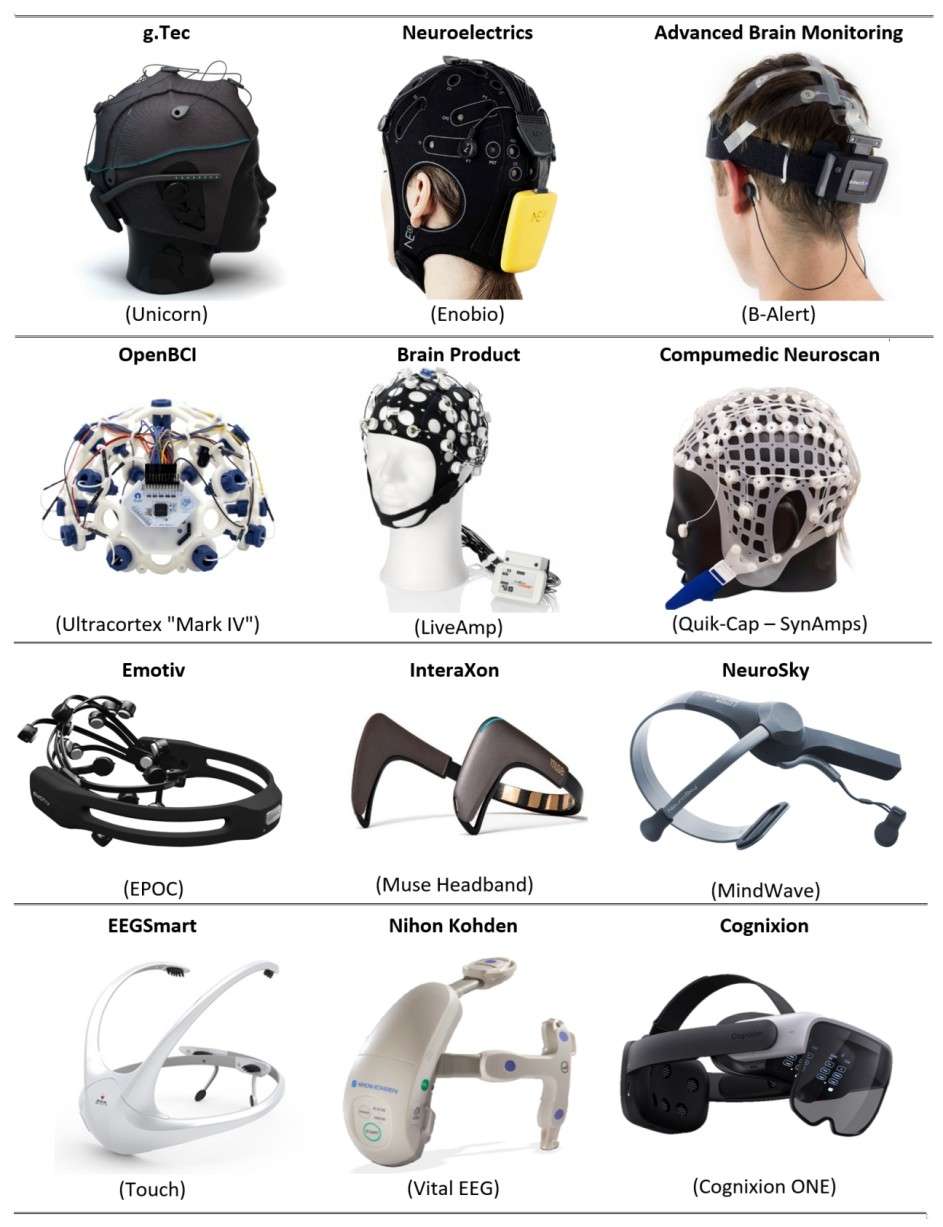 Fig.1 Examples of the commercial noninvasive EEG equipment based on the BCI technology. (Jamil N., et al., 2021)
Fig.1 Examples of the commercial noninvasive EEG equipment based on the BCI technology. (Jamil N., et al., 2021)
Applications of EEG-Based BCIs Across Various Sectors
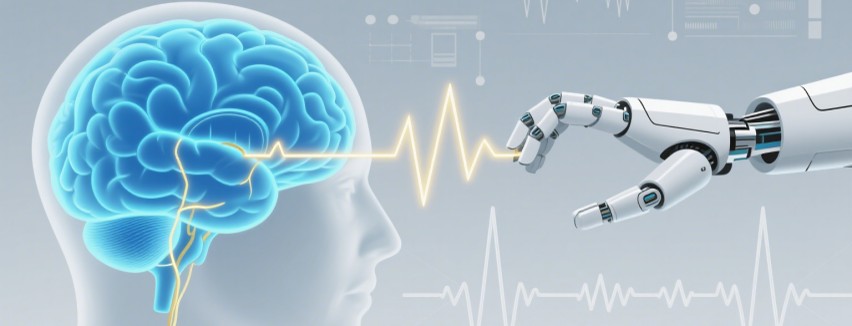
Medical Applications
The medical sector is the most prominent area where EEG-based BCIs are being utilized. These interfaces are revolutionizing rehabilitation for stroke patients and those with spinal cord injuries. For instance, patients can control robotic limbs or exoskeletons using their brain signals, significantly enhancing their mobility and independence. Studies have shown that BCIs can improve motor function and reduce recovery time for stroke patients. For example, a study by Ramos-Murguialday et al. demonstrated that stroke patients using a BCI for hand and arm orthotic feedback showed significant improvements in motor control.
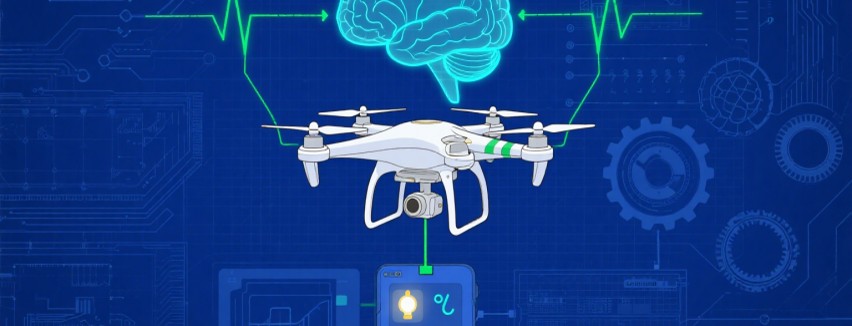
Engineering Applications
In the engineering sector, BCIs are being explored for applications such as vehicle control and home automation. These systems allow users to control home appliances or vehicles with minimal physical movement. For example, researchers have developed BCI systems that enable users to control drones and robots for various tasks, including hazardous material handling and cleaning. These applications not only assist individuals with disabilities but also enhance the efficiency and safety of everyday tasks.
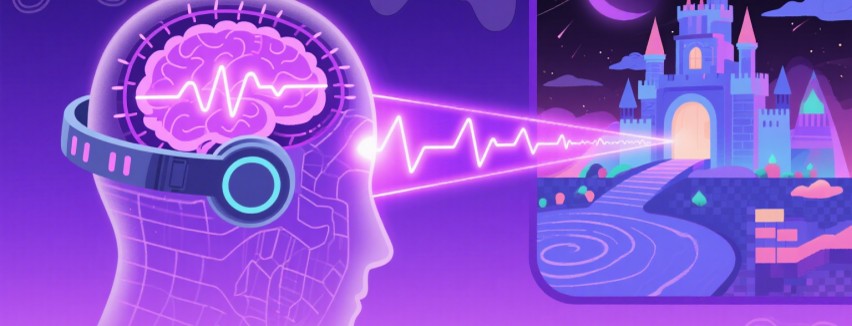
Entertainment Applications
The entertainment industry is leveraging BCIs to create immersive gaming experiences where players control games through their thoughts. Companies like Emotiv and NeuroSky have developed wireless EEG headsets that allow users to interact with virtual environments in real-time. For instance, a study by van de Laar et al. demonstrated that BCI-controlled games can enhance player engagement and provide unique interactive experiences. These applications are not only entertaining but also have potential therapeutic benefits, such as improving attention and cognitive skills.
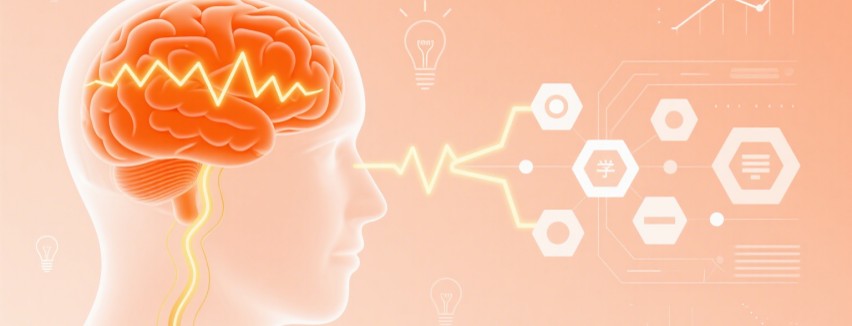
Educational Applications
In education, BCIs are being explored to monitor student attention levels, providing personalized learning experiences. For example, a study by Zhang et al. showed that students using BCI technology had improved focus and learning outcomes. BCIs can analyze a student's cognitive states, assess the information and visualizations to be used, and change the training method to respond to a student's individual learning needs. This adaptive approach can significantly enhance educational outcomes and student engagement.
Systematic Literature Review of Noninvasive EEG Equipment
A recent systematic literature review (SLR) analyzed 238 papers published between 2016 and 2020, focusing on noninvasive EEG equipment used in BCI studies. The review identified 28 companies developing EEG devices, with g. Tec, Emotiv, and Compumedics Neuroscan are the most frequently cited. The study used the Preferred Reporting Items for Systematic Reviews and Meta-Analyses (PRISMA) guidelines to ensure comprehensive and unbiased results.
Publication Trends
The review revealed that 81% of the articles were related to medical applications, highlighting the significant role of BCIs in healthcare. Engineering accounted for 10%, with studies proposing BCI systems for vehicle control and home automation. Entertainment and education each accounted for 6% and 3% respectively. This distribution underscores the broad applicability of EEG-based BCIs across various sectors.
Equipment Usage
The g.Tec company led with 60 articles, followed by Emotiv with 49, and Compumedics Neuroscan with 29. The review also highlighted the types of EEG equipment used, with wired and wireless options being prevalent. Wired EEG systems, such as those from g.Tec and Compumedics Neuroscan, offer high signal quality and are often used in clinical settings. Wireless systems, like those from Emotiv and NeuroSky, provide greater mobility and are more suitable for everyday use.
Wired vs. Wireless EEG Equipment
The choice between wired and wireless EEG equipment depends on the specific requirements of the application. Wired EEG systems offer high signal quality and are often used in clinical settings. Wireless systems provide greater mobility and are more suitable for everyday use. The review found that Emotiv's wireless equipment was the most widely used, appearing in 49 articles, while g.Tec's wired equipment was used in 45 articles. This highlights the trade-offs between signal quality and user convenience in EEG equipment.
Future Directions and Challenges
- Advancements in Sensor Technology
The future of EEG-based BCIs is promising, with continuous advancements in sensor technology, signal processing, and machine learning algorithms. Newer sensors are becoming more sensitive and less invasive, improving the overall user experience. For example, dry EEG electrodes are being developed to reduce the need for conductive gels, making the setup process faster and more comfortable.
- Signal Processing and Machine Learning
Advancements in signal processing and machine learning algorithms are enhancing the accuracy and reliability of EEG-based BCIs. These algorithms can better distinguish between different brain states, improving the control and responsiveness of BCI systems. For instance, deep learning techniques are being used to classify EEG signals more accurately, enabling more precise control over external devices.
- Data Security and Privacy
Ensuring data security and privacy is crucial, especially as BCIs become more integrated into daily life. EEG data contains sensitive information about an individual's brain activity, and protecting this data from unauthorized access is paramount. Companies are developing advanced encryption techniques and secure communication protocols to safeguard user data.
- User Experience and Comfort
Improving user experience and comfort is another key area of focus. Developing comfortable and easy-to-use EEG caps that can accommodate different head sizes and shapes is essential for widespread adoption. Additionally, ensuring that these devices are user-friendly and require minimal setup time will enhance their practicality for everyday use.
Conclusion
The systematic literature review underscores the transformative potential of EEG-based BCIs in enhancing the quality of life for individuals with motor disabilities. With ongoing research and development, these technologies are poised to become more accessible and effective. As we look to the future, the integration of BCIs with other emerging technologies like virtual reality, robotics, and artificial intelligence holds the promise of creating even more powerful and intuitive human-computer interaction systems. The journey towards a world where thoughts seamlessly control actions is well underway, and the advancements in EEG equipment are a testament to human ingenuity and compassion.
If you have related needs, please feel free to contact us for more information or product support.
Reference
- Jamil, Nuraini, et al. "Noninvasive electroencephalography equipment for assistive, adaptive, and rehabilitative brain–computer interfaces: a systematic literature review." Sensors 21.14 (2021): 4754.
These products and services are for research use only and cannot be used for any clinical purposes!



 Fig.1 Examples of the commercial noninvasive EEG equipment based on the BCI technology. (Jamil N., et al., 2021)
Fig.1 Examples of the commercial noninvasive EEG equipment based on the BCI technology. (Jamil N., et al., 2021) 


